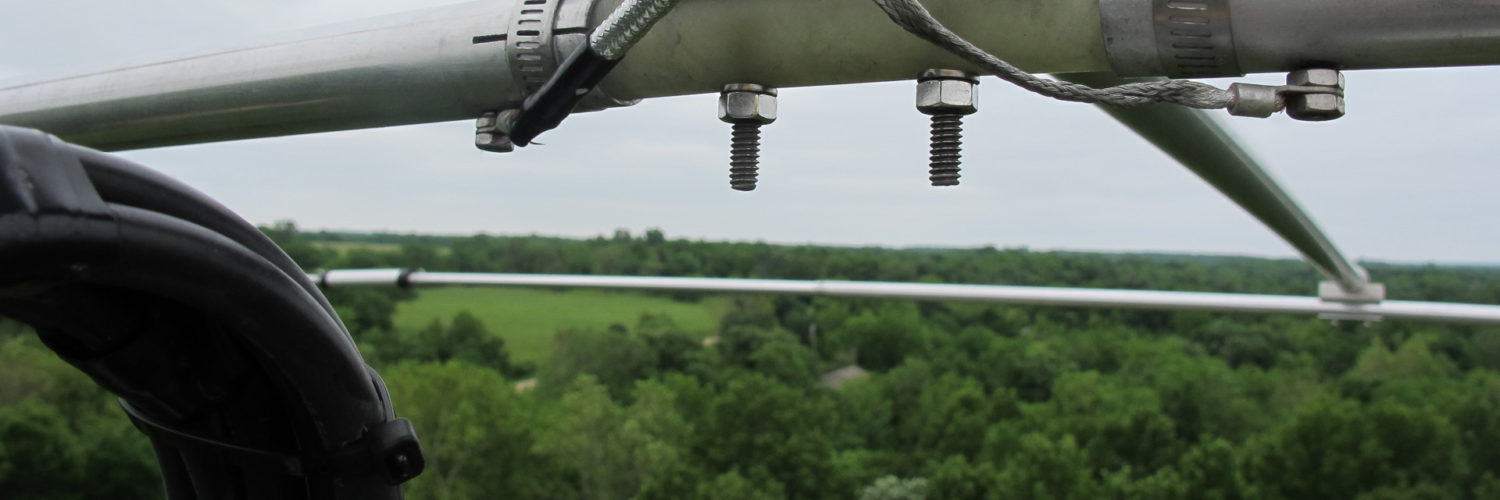What is DMR
Digital mobile radio or DMR is an open standard which uses TDMA (Time Division Multiple Access) to provide two simultaneous logical channels (Time Slots in DMR parlance). All within 12.5 Khz of spectrum, this by contrast to your typical wide analog FM setup which consumes 25khz of spectrum for a single channel.
The practical impact is this, whereas an analog 2m repeater can support a single conversion. A DMR repeater can support two simultaneous conversations, one per each time slot.
And as the radio is sampling, encoding and compressing your voice into a digital data stream. It needs only to enable the transmitter for every other time slot, thus reducing transmitter duty cycle by 50%. Which goes a long way to improving battery life for portables.
A radio has a unique ID which in my case was issued to me by DMR-MARC. This provides some interesting functionality, more on this later.
In summary the benefits to you and me are significant.
- More spectral efficient than the traditional wide-band 25khz analog FM. A single narrow band repeater can service two conversations simultaneously in 12.5khz of spectrum.
- Digitization, compression and forward error correction capabilities in the protocol delivers a very good audio experience, no frying bacon, picket fencing etc.
- Much better battery life, as transmitter is only transmitting on one of the two available time slots within a given period of time.
- Radios have a unique ID which is useful for controlling access, maintaining a address book. And reporting network activity.
- Radios and repeaters are dual mode (analog&DMR) and are backwards compatible with existing analog systems. No dual mode for network linked machines.
- If setup correctly, you will not double up with other stations, your radio will indicate by tone that the repeater slot is not available.
- Roaming, Motorola gear can in the background determine the best repeater to use in a metro area. This requires that the slots and talk groups are uniform across the machines which is common practice.
The downside of DMR.
- In the KC Metro area DMR is not active, there is activity on the Worldwide talk groups but it is limited. Ragchew QSO’s are encouraged to move to a regional or better yet a point to point talk group like TAC310.I have taken my handheld to the Chicago metro area and DMR is much more active in the Chicagoland area. If you would like to get a sense of how active the talk groups in your area might be, please visit the additional reading chapter.
- The primary consumers of DMR systems are commercial users. As a result the gear available will lack some familiar features such as multiple bands and front panel programming. While it is getting better just looking at Ebay and other sites where Ham friendly dealers advertise for current price points. You are going to pay a premium for a single band DMR handheld or mobile.
- Coverage, many areas of the country have no DMR or very sparse coverage.
- DMR Networks depend on much donated time, knowledge and funding. Check out the additional reading material and dig a little to see the dark side.
The additional reading section contains links to the standards documents if you care to delve into the details of how this all works.

Leave a Reply